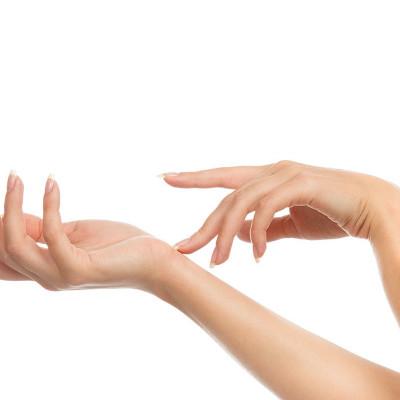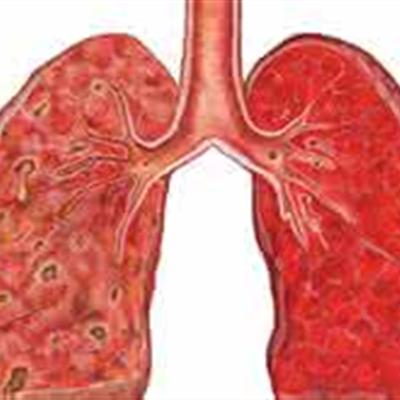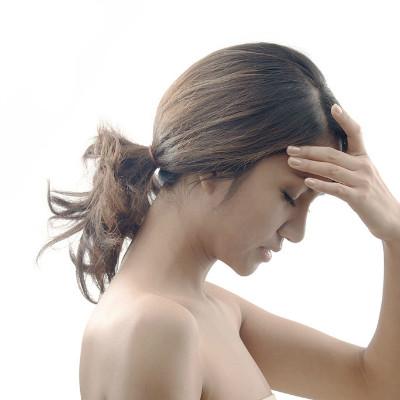How long does cleft lip wear nose model to want to wear?
summary
There are three main factors of cleft lip nose deformity: abnormal anatomy of external nasal cartilage, mild to no symptoms, muscle imbalance and jaw dysplasia. Today, let me share with you how long it takes to wear a nose mask for cleft lip?.
How long does cleft lip wear nose model to want to wear?
First, the alar cartilage of the affected side has the same size and thickness, but the attachment and shape are abnormal. Based on this finding, nasal cartilage deformity is considered to be due to the distribution of abnormal muscle stress after cleft lip formation, rather than primary cartilage deformity. The dislocation and convexity of alar cartilage is one of the main methods to correct nasal deformity.

Second: the nose mold is the finished silicone support for shaping and adjusting the alar cartilage, nasal vault, anterior nostril shape and nasal floor of cleft lip nose deformity, which is mainly used for shaping the nose after primary or secondary repair of cleft lip nose deformity. In China, it should be said that I am the pioneer and promoter of nasal mold use. The first nasal mold in China was launched by Shenzhen Fusheng Medical Equipment Co., Ltd. in 2008. Through nearly nine years of clinical application, both doctors and patients feel that the nasal mold can bring twice the result with half the effort to the treatment of nasal deformity.
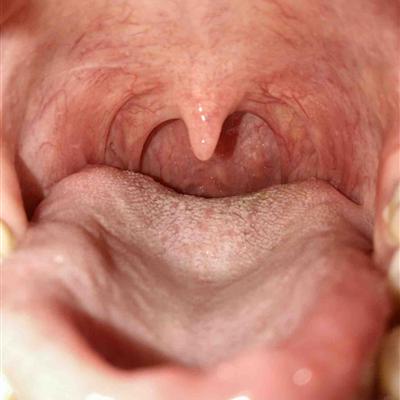
Third: for children with cleft lip and some children with mild incomplete cleft lip, if their nasal wings collapse, they can begin to wear nasal molds after birth to correct nasal deformities. The nose mold can support the collapsed side of the nasal alar, and it can improve the growth of the nasal alar.
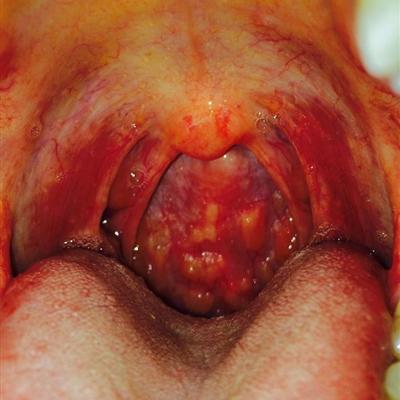
matters needing attention
There are two types of nasal form: equal height and heightening. At present, equal height nasal form is widely used in clinic, and heightening nasal form is specially designed for children who need to overcorrect the medial foot of the nasal alar and the nasal tip of the affected side.
